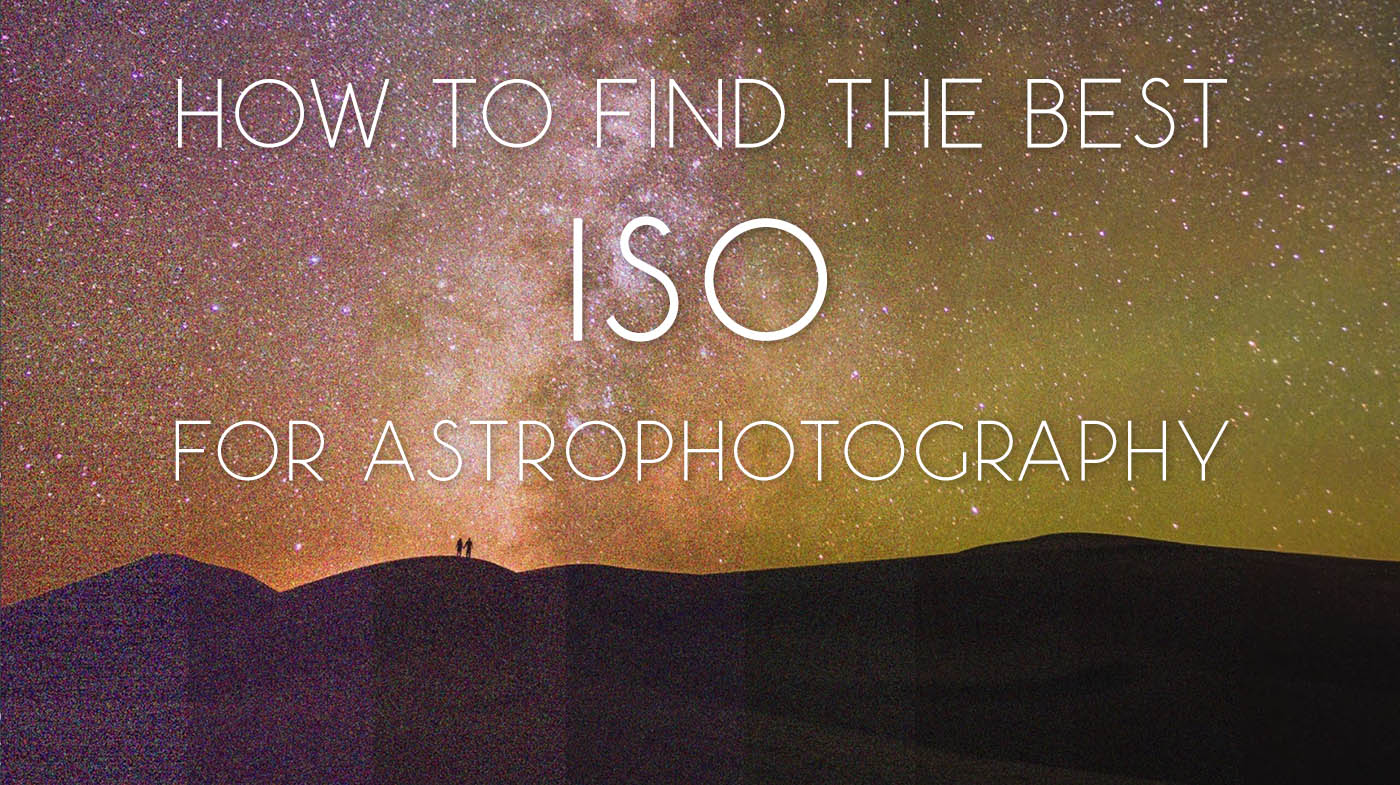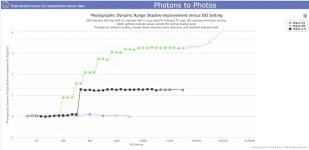- Messages
- 631
- Edit My Images
- Yes
This has been verified by me with EF bodies from 2003 EOS 10D up to 2015 EOS 5Ds R.
RF bodies like the 2020 EOS R5 & 2022 EOS R7 may have this. Owners may want to verify.
To reduce whatever ISO noise Canon has a weird ISO increments of every ISO 160.
So ISO
- 160
- 320
- 640
- 1250
- 2500
- 5000
- 10,000
- so on and so forth
These ISOs are cleaner than the next 1/3rd bump or bump down
RF bodies like the 2020 EOS R5 & 2022 EOS R7 may have this. Owners may want to verify.
To reduce whatever ISO noise Canon has a weird ISO increments of every ISO 160.
So ISO
- 160
- 320
- 640
- 1250
- 2500
- 5000
- 10,000
- so on and so forth
These ISOs are cleaner than the next 1/3rd bump or bump down



